
BOOK YOUR ACTIVITY AND
LIVE A UNIQUE EXPERIENCE

BOOK YOUR ACTIVITY AND
LIVE A UNIQUE EXPERIENCE
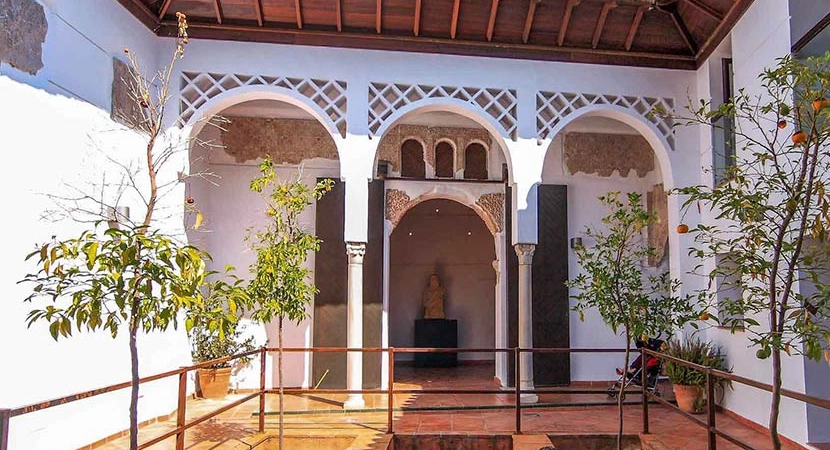
Discover the ancient city of Ronda on our private full-day tour from Seville. In this article, we will tell you about the history of Ronda, its monuments and what our private day trip to Ronda from Seville is all about.
Ronda is one of the oldest cities in Spain. Its origins date back to the Neolithic period, according to archaeological discoveries made in its old quarter. However, man's presence in these lands goes back much further. Proof of this is provided by a series of archaeological sites located in several caves in the area, the Cueva de la Pileta cave being one of the best examples of Andalusian Palaeolithic cave art.
Ronda as a city originated with the presence of the Celts, calling it Arunda. Later, with the arrival of the Phoenicians, they found another village nearby, which they occupied and named Acinipo, between Malaga and Cadiz.
The Romans fought on the peninsula and managed to expel the Carthaginians. They began to make social, political and economic changes throughout the Serranía. They turned Ronda into one of the most important cities of the empire in our Betic territory. Many remains of this period can still be seen in the city and its surroundings.
The Byzantine Greeks searched the mountains for what their predecessors had occupied and found the ruins of Ronda and Acinipo, seeing more possibilities for Acinipo, they occupied and built the city of Ronda, but the Visigoths occupied it in the time of Suitila. It was abandoned and turned into a rural area and the ancient city of Acinipo, which tradition calls "Ronda La Vieja" (Old Ronda), disappeared.
It was at this time that Ronda was consolidated as a city, becoming one of the capitals of the provinces or Kuras that made up Al-Andalus. From 712 onwards, when the general Musa Ben Nusayr decided to conquer cities such as Medina Sidonia, Seville and our protagonist, Ronda, they built a new city on the ruins existing at that time and called it Izna-Rand-Onda, capital of Tacoronna.
On the other hand, the Serranía de Ronda was inhabited at this time by a great variety of people and cultures: Greeks, Romans, Visigoths, Hebrews and African tribes. Although this created many disputes, it left a legacy of influences that we can still enjoy today.
During the period of the Nasrid kingdom of Granada, the city of Ronda played its most significant role in history, as its proximity to the conquered territories meant that it was built and became a border area of special importance. It then became an area that was impossible to conquer and highly desired by both the Christians and the Arabs.
With the conquest of the city by the Catholic Monarchs (1485), profound economic and cultural transformations took place, which can still be seen today in the physiognomy of the urban structure.
From that date onwards, the Christians added new buildings to Ronda's already rich heritage: the Palace of Mondragón, numerous churches, convents, the shrine of the Virgen de Los Dolores and the hermitage carved into the rock and consecrated to the Virgen de la Cabeza.
This century marked a before and after in the city. Little by little, the definitive guidelines for Ronda's role in Andalusia were established.
The different sectors were enriched and the number of inhabitants increased. In addition, the most important buildings of the city were built, which we can still visit today: the Puente Nuevo (New Bridge), the Plaza de Toros (Bullring) or the Puerta de Felipe V (Philip V Gate). In 1909, with the arrival of Alfonso XIII, the Espinel Theatre was inaugurated.
Finally, the crisis of the 1950s after the Civil War brought a decline in the population and economy of the whole Serranía, as the Serranos and Ronda residents had to migrate to other lands in search of a better life.
Ronda is a unique place and one of the most touristic cities in Andalusia.
Acinipo is home to one of the most important Roman cities in the province of Malaga and Andalusia, where, in addition to its historical and cultural values, there is a magnificently preserved landscape located between the mountainous areas of Ronda and Grazalema with panoramic views over the provinces of Cadiz, Malaga and Seville.
It is notable for its impressive theatre, possibly built in the middle of the 1st century B.C., one of the oldest and most unique in ancient Roman Hispania. With an approximate diameter of 62 meters, it has a cavea, a grandstand, excavated in the natural limestone rock of the site and offers a stage front built with ashlars, today bare, but which once housed decorative elements, sculptures, columns, marble, inscriptions, altars and which were plundered after their abandonment.
It was the seat of the Court of the Inquisition and dates back to the 16th century. This building currently houses the Palacio de Congresos de Ronda.
It is a building steeped in history, with five hundred years of existence, commissioned by the Catholic Monarchs and specially refurbished to provide a quality service to the current needs of small and medium sized meetings. With perfectly conditioned rooms, it is ideal for meetings with a small number of people, being able to accommodate meetings from 10 to 200 people, with versatile facilities that can be adapted to the needs of the event to be held.
This palace, which has been converted into a municipal museum, is made up of two well defined areas that correspond to two historical and stylistic periods: the Mudejar and the Renaissance.
The Museo Municipal de Ronda - Palacio de Mondragón, of a historical-archaeological nature, houses a permanent collection that offers a discourse on the history of the region based on the different archaeological research carried out to date in the territory.
Located in the historic center of Ronda, the Casa del Gigante is a stately home of Arabic origin built in the 14th century. The house takes its name from the stone reliefs, perhaps of Iberian origin, which decorated the corners of the building, of which only one remains. Inside, magnificent plasterwork decorated with floral motifs has been preserved.
The Casa del Gigante is an interesting example of a stately building from the Muslim period in Ronda.
Outside the walled area and on the outskirts of the city centre are these baths, which have been carefully preserved since the Muslim period. They are located just outside because there was a maxim that all visitors entering the city should do so in a clean and tidy manner. They are located in an incredible natural setting, with great views and close contact with the lush vegetation of Ronda.
A day trip to Ronda from Seville is the ideal plan to get into the essence that is part of the route of the White Villages. Let our driver/expert guide take you through the Sierra de Cádiz and Serranía de Ronda (Málaga), an exciting, green and tasty route.
The route of the White Villages takes place in a landscape declared a Biosphere Reserve by UNESCO. We will see the Sierra de Grazalema, the route of the Lidia Bull, the production of olive oil, the artisan production of leather goods and Andalusian sweets.
Here you can feel the history of Al-Andalus, a presence marked even in the names of most of the 19 villages that make up the route: Benamahoma, which means the house of Mohammed, Alcalá (the castle), Algar (the cave), Zahara (the fortress), Ronda, Arcos, Ubrique, El Bosque, Grazalema, Bornos, Algodonales, Setenil and Olvera are some of the white villages.
We will visit Ronda, Castillo de las Aguzaderas in El Coronil, Zahara de la Sierra and Grazalema. Our excursions are done in private, and are the best way to enjoy Andalusia.
The private tour to Ronda from Seville includes:


Indispensable visit to the Doñana National Park in 4 x 4, together with a visit to the village of El Rocío.

Discover through the tour the Muslim legacy we have inherited in Cordoba. Book now and come to visit Cordoba in one day from Seville.


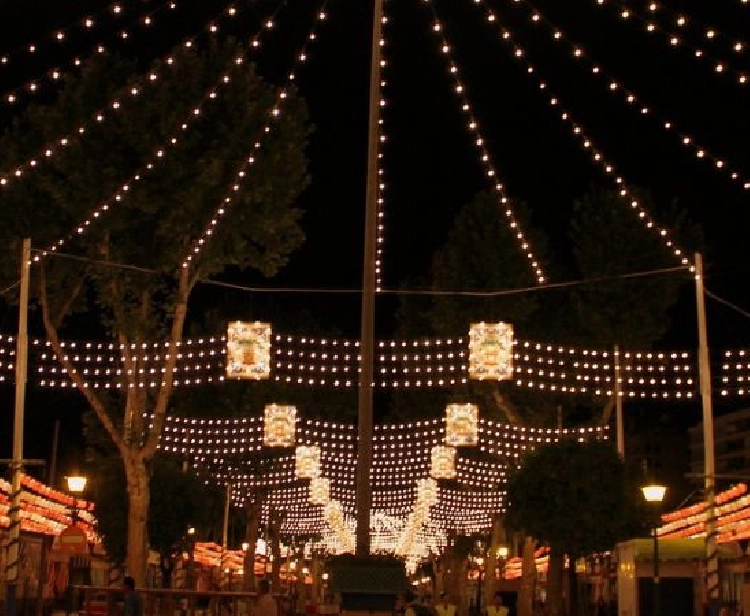
Find out everything you need to know about the April Fair 2023 in Seville: dates, traditions, transport, tourism and much more. Plan your visit to the Real de la Feria and don't miss the spectacular lighting that kicks off this festival full of colour and joy.
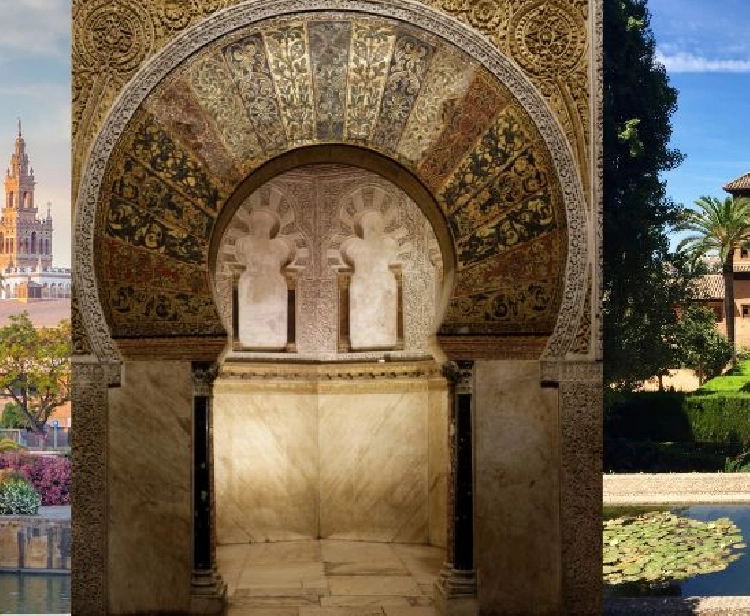
Do you want to know the best places to visit during the Puente de Andalucía? Discover the best tourist offer of this autonomous community in our post.
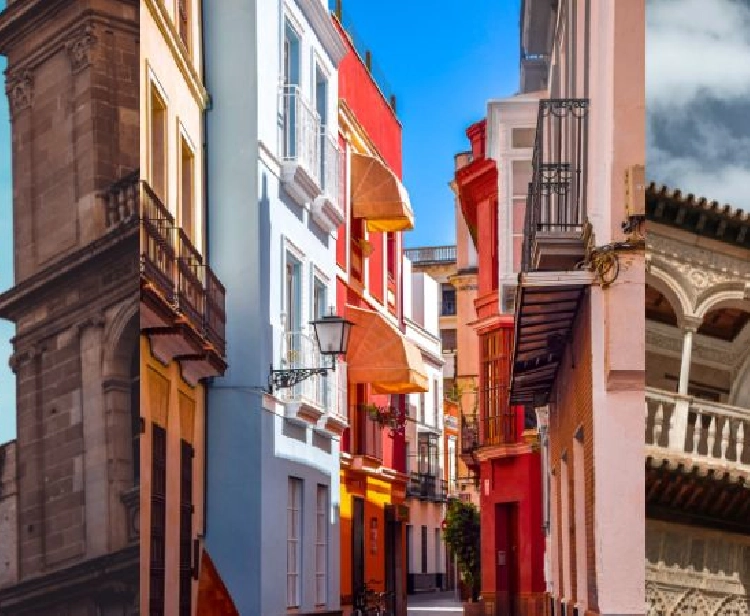
In this article we will talk about what to see and do in Seville in 3 days. A perfect city for a long weekend getaway. The Andalusian capital has us in love, its climate, culture, monuments, gastronomy and above all its people make it a unique and magical place.


Find out everything you need to know about the April Fair 2023 in Seville: dates, traditions, transport, tourism and much more. Plan your visit to the Real de la Feria and don't miss the spectacular lighting that kicks off this festival full of colour and joy.
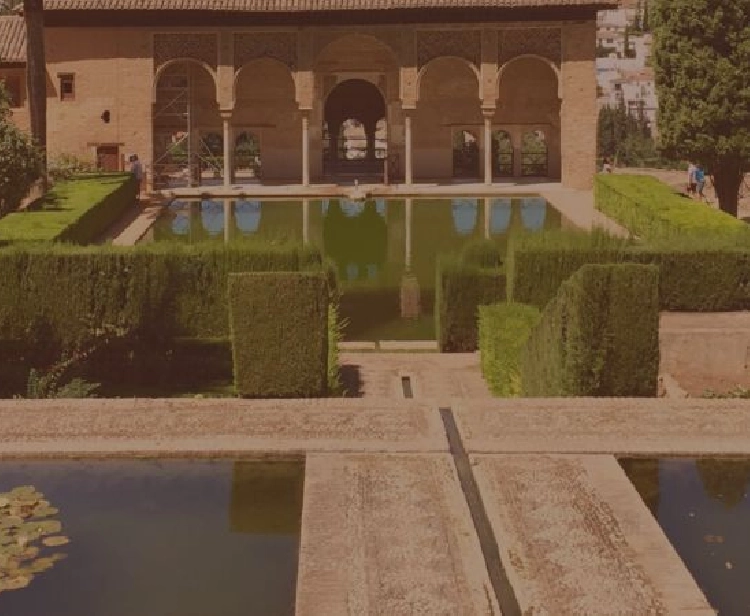
Hello! Do you want to know the most interesting monuments and places in Granada? You're in the right place! In this article, I will introduce you to the most impressive and exciting places to visit in Granada.

Do you want to know the best places to visit during the Puente de Andalucía? Discover the best tourist offer of this autonomous community in our post.